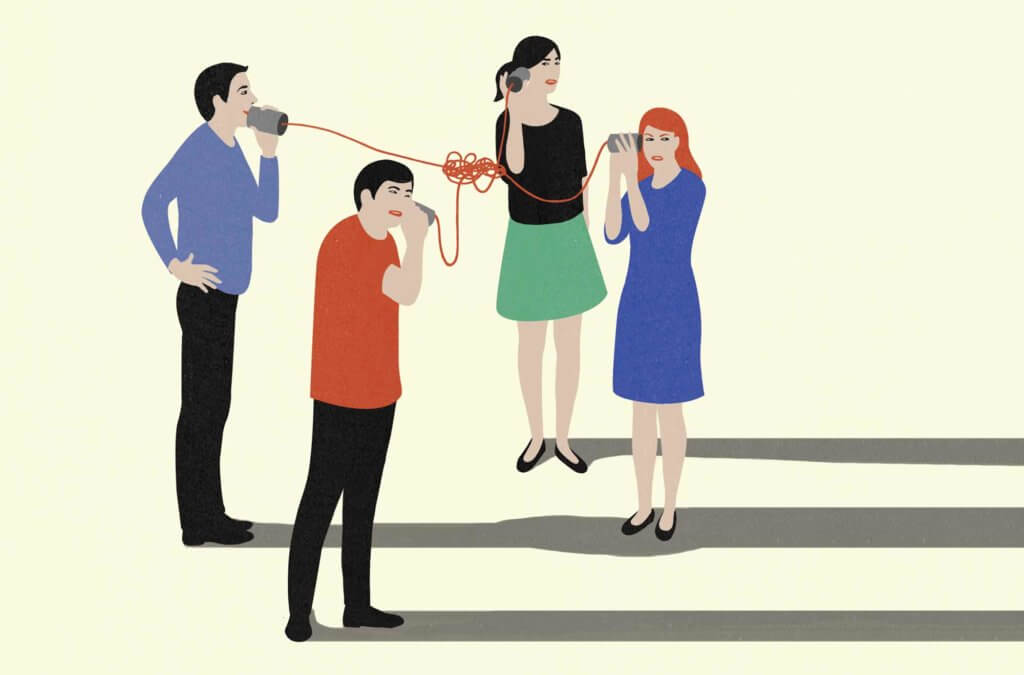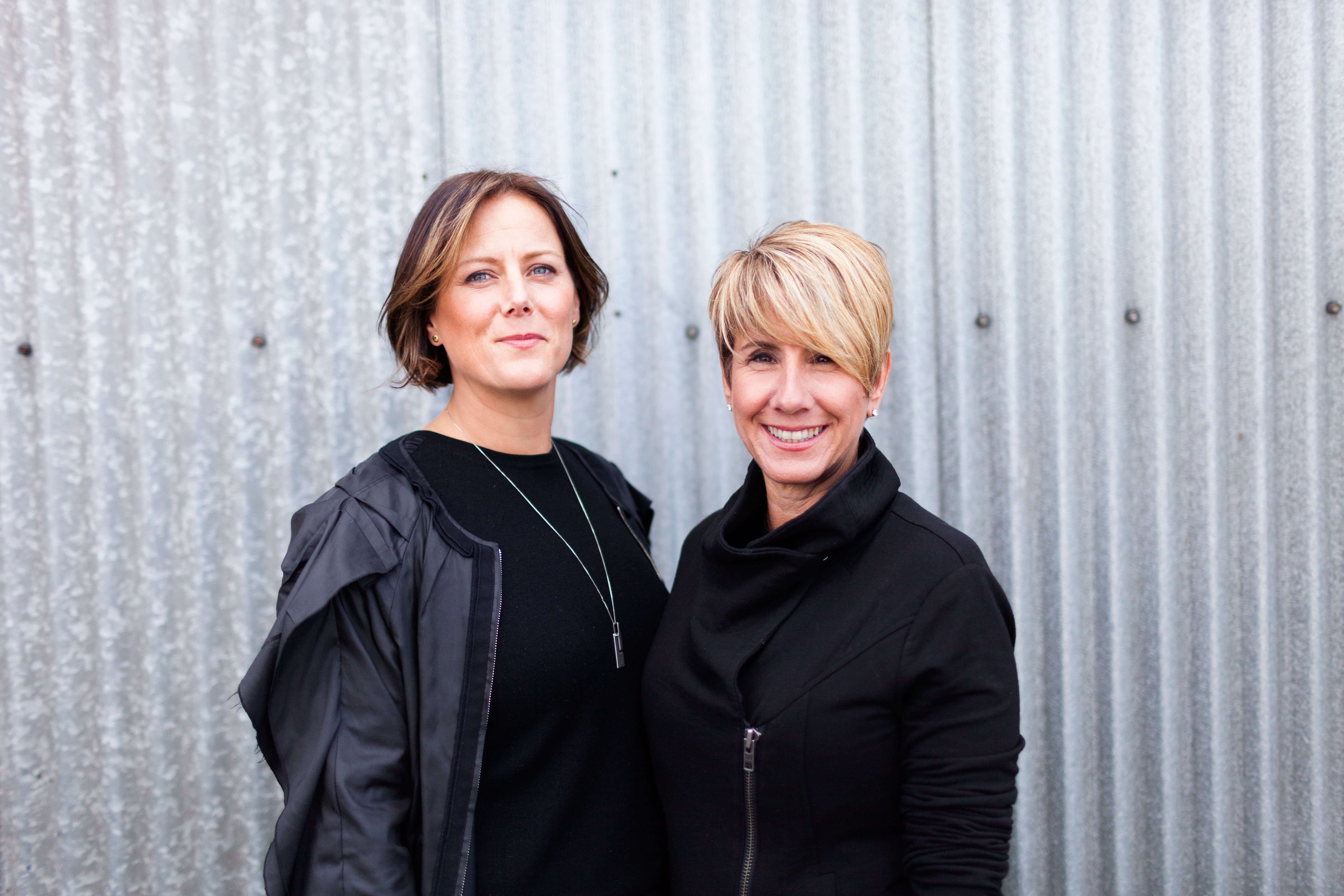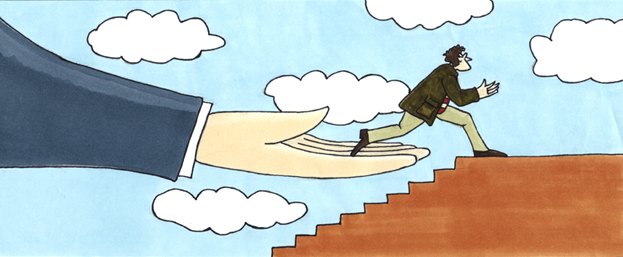Here’s a simple truth I’ve learned working at both design-led and strategy-focused agencies. Strategy and design work best when they work together – from beginning to end.
The problem is that strategy and creative are often regarded as separate instead of complementary disciplines. They have separate teams, separate processes, different skillsets, different client interactions. They approach problems from different angles. They may sit on different floors, different buildings, or even different firms. And, typically, the biggest communication between the teams is a handoff from one to the next.
Great Strategy Doesn’t Always Lead to Great Creative
Sometimes, strategy is too cerebral. Sometimes, it tries to appease too many business needs. Sometimes, it just isn’t bold or incisive enough. And if strategy doesn’t strike a strong emotional chord, it often ends up sitting on a shelf as an academic exercise that people don’t know what to do with.
But when creative lacks strategic direction, although it may be beautifully designed and visually stunning, it risks addressing the wrong problem, the wrong audience, or the wrong objective. And if designers can’t find inspiration in the strategy, they will search for it somewhere else.
A Collective Endeavor
Bringing strategy and design together means thinking of it as a collective endeavor, not a linear process. It sounds easy in words, but putting it into practice takes commitment from everyone involved. As an agency who has been fusing design and strategy from the start, here’s how we do it.
- Bring design and strategy together, from the outset.
We involve our design team in client interviews, workshops, and presentations, even when creative is far away from starting. Being integrated into early-stage strategic work helps designers understand the project and the process deeply. Our strategists work side by side with designers on creative – brainstorming, concepting, and elevating the design with on-strategy copy. - One table, one team.
We bring the entire team together around one table throughout the project. Each mode of thinking informs, respects, and challenges the other. A difference of perspectives and backgrounds elevates all of our work and challenges us to push our limits. - Strategy guides, creative expresses.
There’s a yin-yang to the process. Even when the two are in balance, we designate clear roles for everyone. We play to the strengths of each individual and build the team around people, not necessarily roles. - Enjoy the journey.
One of the great joys of a project is seeing a brand come to life strategically and experientially. Understanding how strategy and design build off each other to create that magic is energizing, and what ultimately brings us into work every day.
Smart Clients Want Both
For our clients, the results of this approach are energizing and empowering. Campaigns have a greater impact because they connect strategically and emotionally. Brands have a cohesive expression and articulation across every touchpoint. Identity projects, websites, and product launches are smarter because they tie together rationally and emotionally. When strategy and design both emotionally connect, great brands come to life in new, exciting, and surprising ways.
Emotive Brand is a brand strategy and design agency in Oakland, California.










